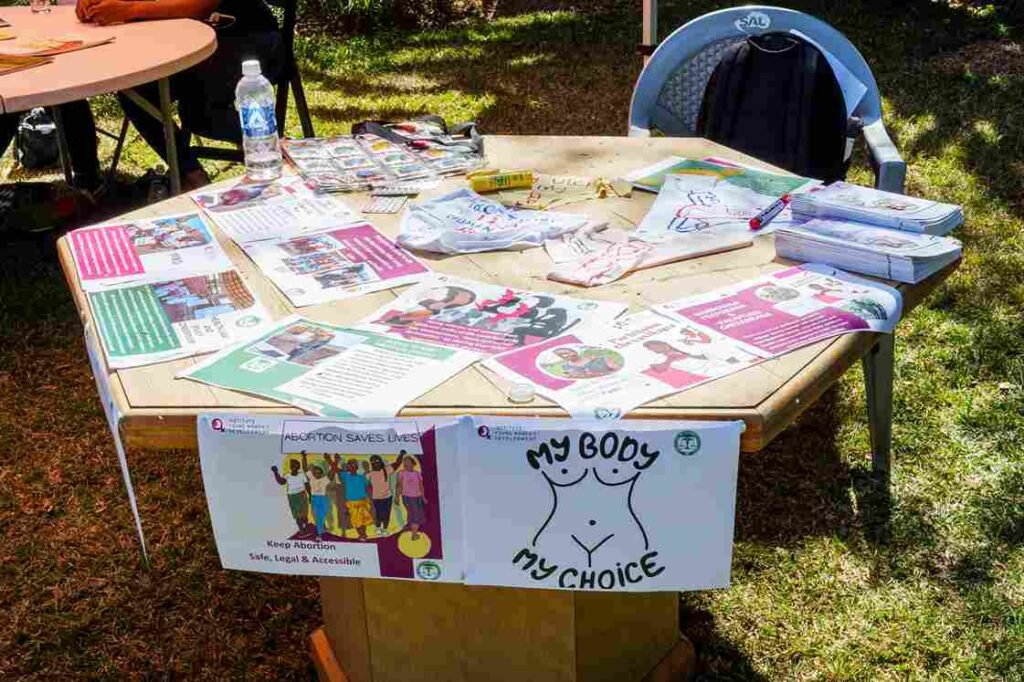STIs (sexually transmitted infections) can affect anyone, but for sexual and gender minorities in Zimbabwe, the barriers to information, testing, and care are often greater—due to stigma, misinformation, and lack of inclusive services.
This guide shares practical, inclusive strategies for STI prevention, testing, and treatment. Your health matters, your identity matters, and your safety is valid.
Prevention
Use Barriers (Condoms & Dental Dams)
-
External and internal condoms reduce STI risk during vaginal, anal, and oral sex.
-
Dental dams protect during oral sex.
-
Use a fresh barrier for each act and partner.
PrEP (Pre-Exposure Prophylaxis)
-
A daily pill that reduces HIV risk for HIV-negative people.
-
Especially helpful for queer, trans, and high-risk individuals.
-
Talk to a healthcare provider to see if it’s right for you.
PEP (Post-Exposure Prophylaxis)
-
Taken after potential HIV exposure.
-
Must be started within 72 hours.
-
Visit a clinic or hospital urgently if you think you’ve been exposed.
Get Vaccinated
-
HPV Vaccine: Prevents genital warts and some cancers. Recommended up to age 26 (sometimes older).
-
Hepatitis B Vaccine: Especially important for those with multiple partners or who engage in anal sex.
Get Tested Regularly
-
Many STIs have no symptoms—testing is the only way to know.
-
Aim for:
-
At least once a year if sexually active.
-
Every 3–6 months if you have multiple partners or engage in higher-risk sex.
-
Safer Sex Practices
Practice Communication
Talk openly with partners about STI status, testing history, and how you’ll protect each other.
Limit Partners (If That’s Right for You)
Fewer simultaneous partners can reduce STI risk—but what matters most is honesty, testing, and using protection.
Clean or Cover Shared Sex Toys
-
Clean toys after use.
-
Use condoms on toys and change them between partners.
Common STIs and Testing
| STI | How It’s Tested | Key Info |
|---|---|---|
| HIV | Blood/oral swab | Treated with antiretroviral therapy (ART). Test at least once a year. |
| Chlamydia & Gonorrhea | Urine or swab (vaginal, rectal, throat) | Often asymptomatic. Treated with antibiotics. |
| Syphilis | Blood test or sore swab | Look for sores, rashes. Treated with penicillin. |
| Herpes (HSV) | Blood test or swab if sores are present | No cure, but antivirals help. |
| Hepatitis B & C | Blood test | May cause jaundice and fatigue. Hep C can often be cured. |
| HPV | Pap smear or DNA test (for people with cervixes) | Preventable with vaccine. Can cause warts or cancer. |
Treatment for STIs
-
Bacterial STIs (e.g. chlamydia, gonorrhea, syphilis): Cured with antibiotics. Always finish your full course.
-
Viral STIs (e.g. HIV, herpes): Managed with antivirals. No cure, but effective treatment is available.
-
Supportive Care: Pain relief, symptom management, and emotional support are also part of treatment.
Sexual and Gender Minority-Specific Considerations
Transgender and Non-Binary People
-
Healthcare needs may differ depending on hormone therapy or surgeries.
-
STI screening should be based on behavior, not assumed by gender.
Men Who Have Sex with Men (MSM)
-
Higher risk for HIV, gonorrhea, and syphilis.
-
Regular screening and PrEP are especially important.
Lesbian and Bisexual Women
-
Risk of HIV is lower, but other STIs like HPV and chlamydia still matter.
-
Use dental dams and get regular tests.
Queer and Gender-Diverse Folks
-
Seek affirming, inclusive care.
-
You deserve nonjudgmental healthcare that respects your identity and choices.
Download the PDF version of this guide below.


